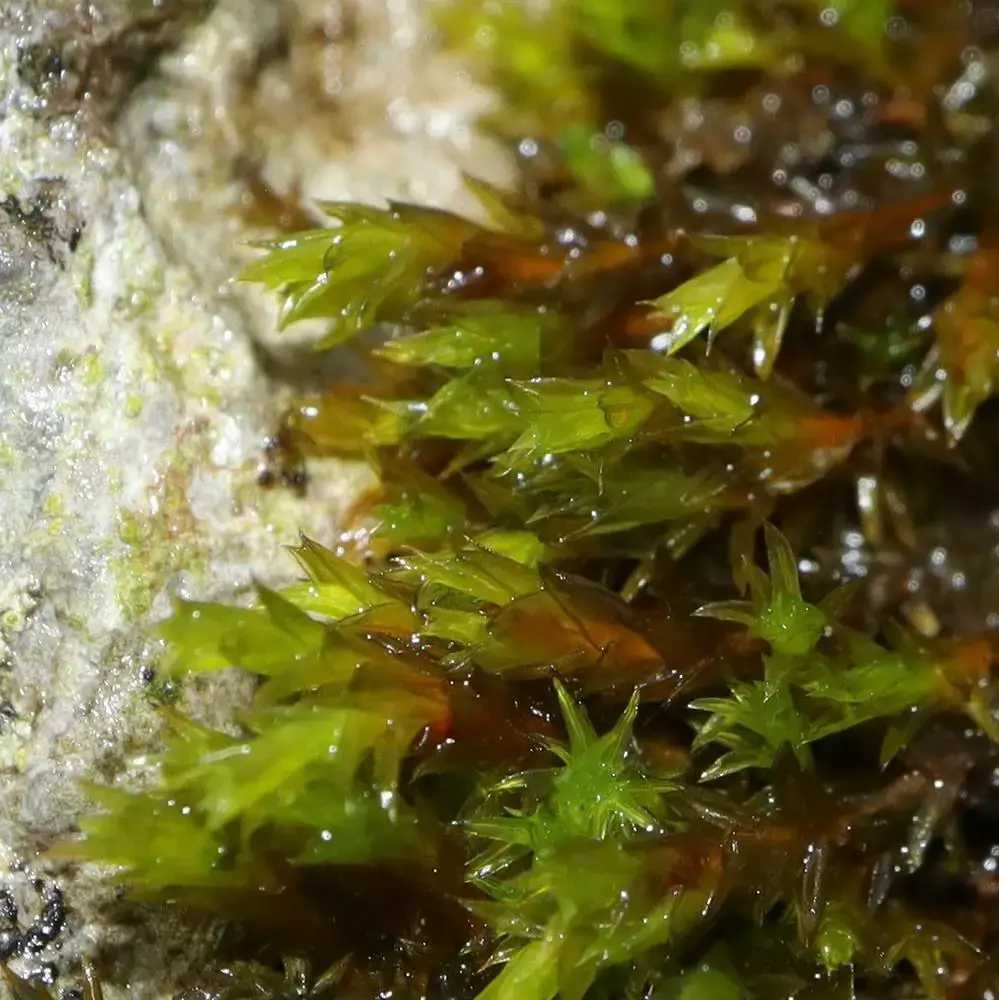
45599207.jpg from: https://waarneming.nl/waarneming/view/231249823?_popup=1
Introduction
In the vast and captivating world of bryophytes, the
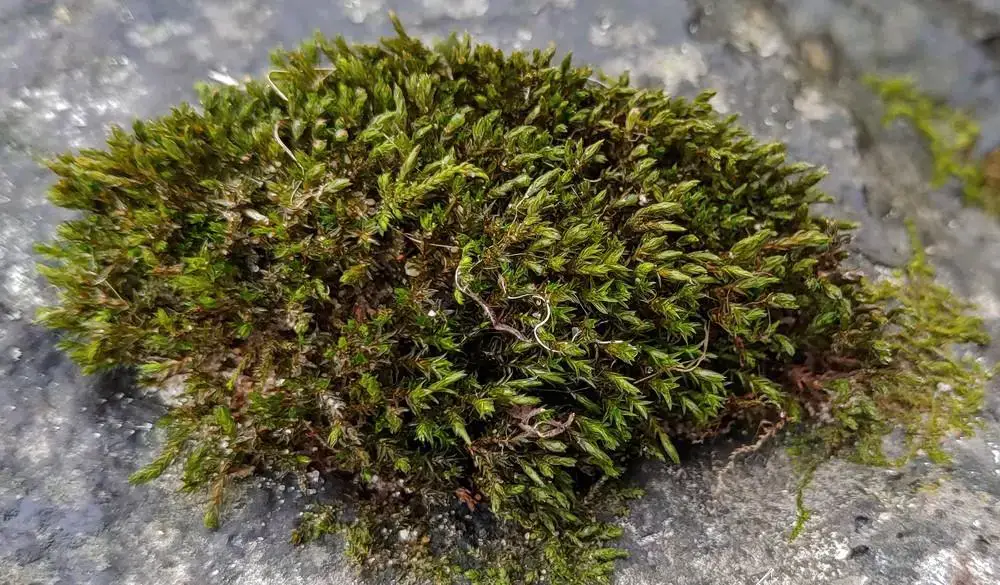
45997974.jpg from: https://waarneming.nl/waarneming/view/232686458?_popup=1
Schistidium platyphyllum (Mitt.) Perss. moss stands out as a remarkable member of the Grimmiaceae family. Often referred to simply as Schistidium, this unassuming yet resilient moss has carved a niche for itself in various habitats across the globe. Join us as we delve into the fascinating realm of this diminutive plant, exploring its unique characteristics, ecological significance, and the vital role it plays in the intricate tapestry of life.
Background
Before we dive into the specifics of Schistidium platyphyllum, it’s essential to understand the broader context of bryophytes. These non-vascular plants, which include mosses, liverworts, and hornworts, are often overlooked but play a crucial role in maintaining the delicate balance of ecosystems worldwide. Bryophytes are among the oldest land plants, with fossil records dating back over 400 million years, making them true survivors and pioneers of terrestrial life.
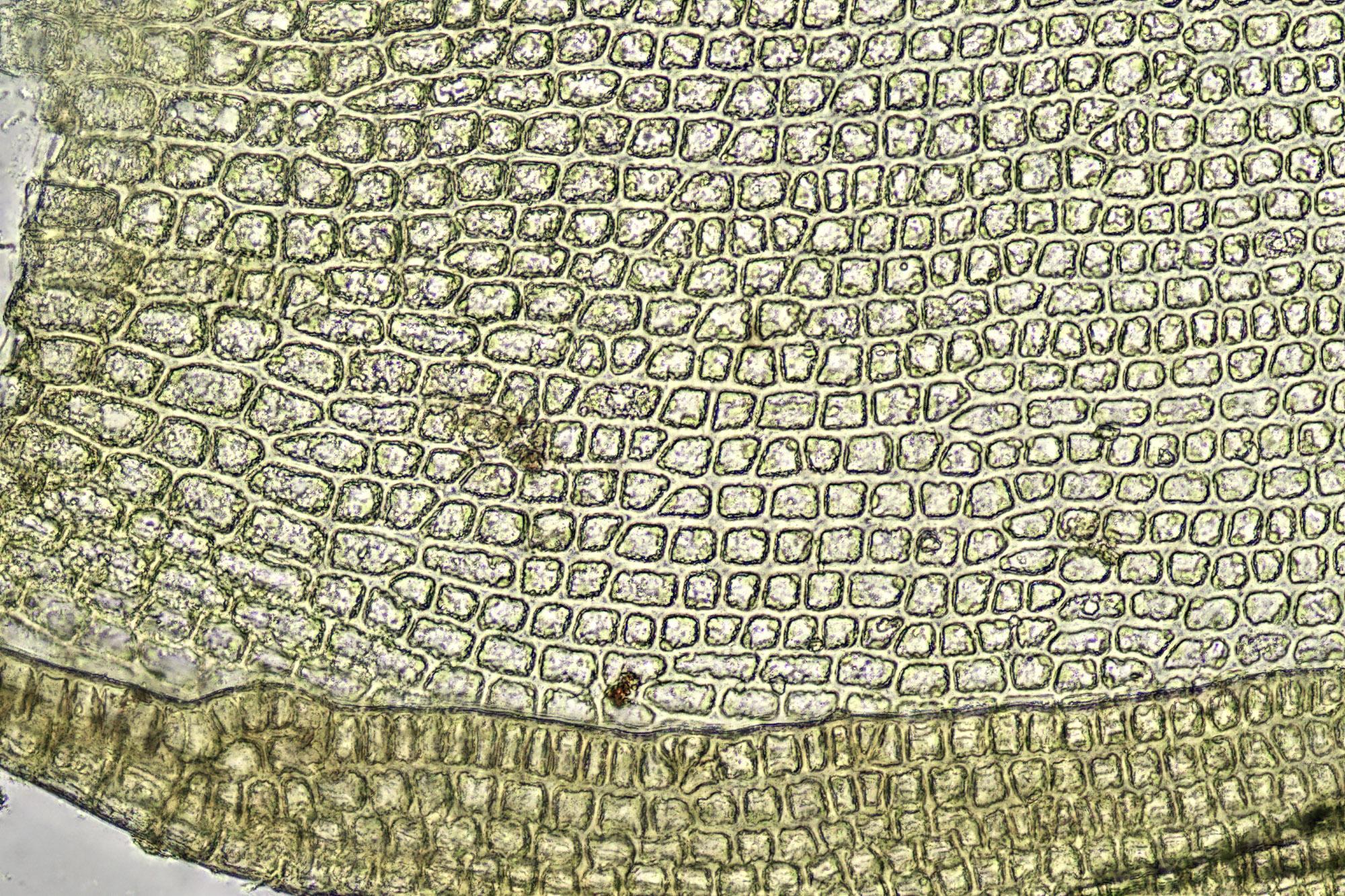
2020-01-01-13-32-33.jpg from: https://www.britishbryologicalsociety.org.uk/learning/species-finder/schistidium-platyphyllum/
Main Content
Morphology and Identification
Schistidium platyphyllum
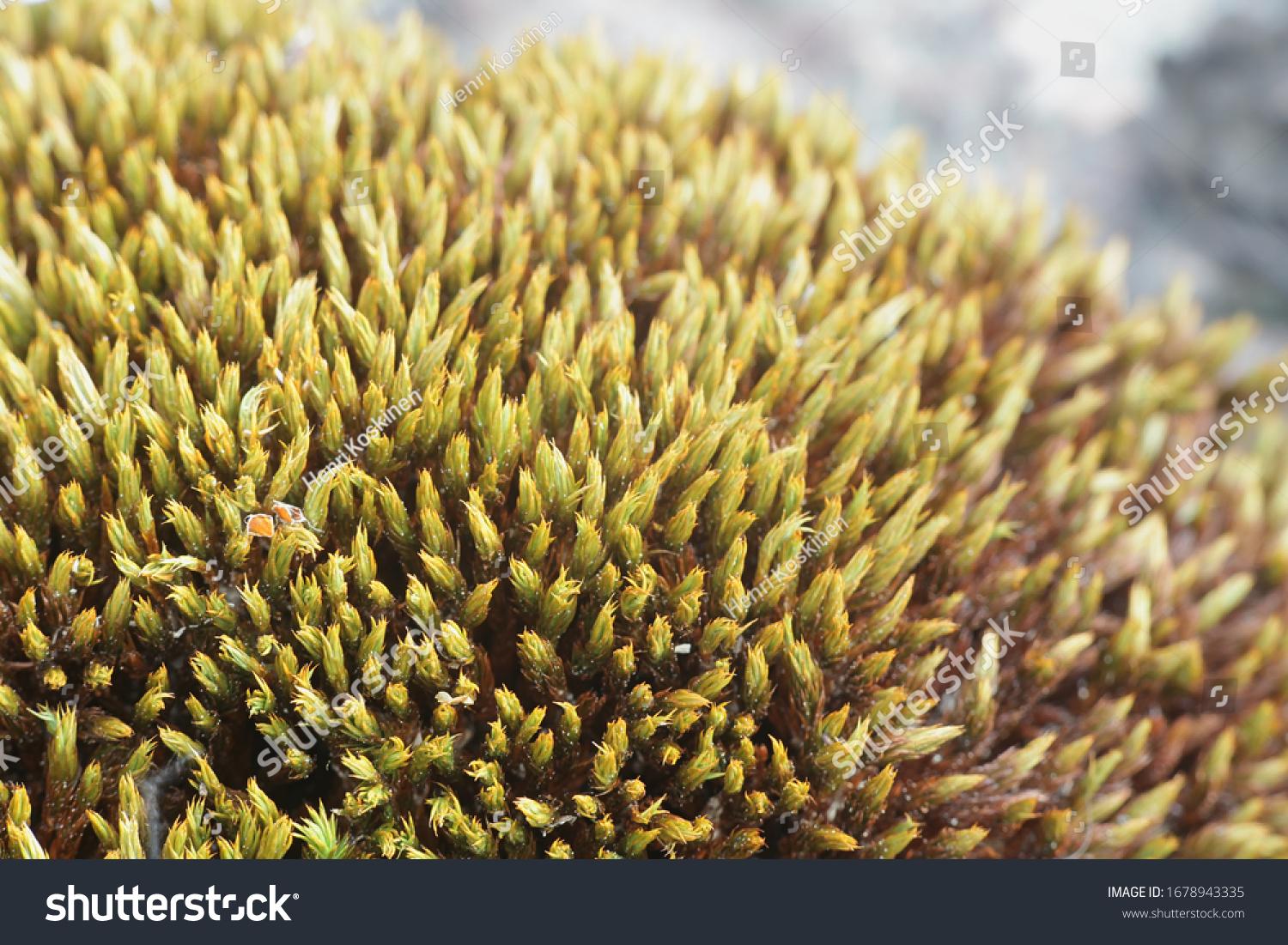
stock-photo-schistidium-maritimum-known-as-the-seaside-grimmia-or-seaside-schistidium-moss-1678943335.jpg from: https://www.shutterstock.com/search/seaside-schistidium-moss
is a small, acrocarpous moss that forms dense, cushion-like tufts or mats. Its leaves are ovate-lanceolate in shape, with a distinctive apiculate or short-pointed tip. The leaf margins are often recurved, and the costa (midrib) is prominent, extending to the leaf apex or slightly beyond. The gametophyte (the haploid, gamete-producing phase) is the most conspicuous part of the moss, while the
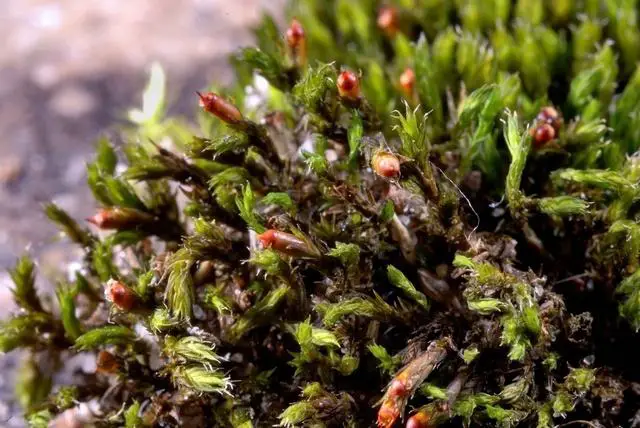
large.jpg from: https://www.naturalista.mx/guide_taxa/225523
sporophyte (the diploid, spore-producing phase) is relatively inconspicuous.
Global Distribution and Habitat
Schistidium platyphyllum is widely distributed across various regions, including Europe, Asia, North America, and parts of South America. It thrives in a diverse range of habitats, from exposed rock surfaces and cliffs to tree bark and soil. This moss is particularly well-adapted to dry, nutrient-poor environments, making it a true pioneer species in colonizing newly exposed substrates.
Ecological Roles and Adaptations
Despite its diminutive size, Schistidium platyphyllum plays a vital role in the ecosystem. It contributes to soil formation and stabilization, acting as a pioneer species in the succession of plant communities. Additionally, this moss serves as a microhabitat for various invertebrates, providing shelter and food sources for these tiny creatures.
One of the remarkable adaptations of Schistidium platyphyllum is its ability to withstand desiccation (drying out) and rapidly rehydrate when moisture becomes available. This trait, known as poikilohydry, allows the moss to survive in harsh, arid environments where water availability is limited.
Case Studies/Examples
In a study conducted in the Swiss Alps, researchers found that Schistidium platyphyllum played a crucial role in stabilizing steep, rocky slopes and preventing soil erosion. The dense mats formed by this moss helped to anchor soil particles and create a suitable environment for the establishment of other plant species, contributing to the overall biodiversity of the area.
Technical Table
| Characteristic | Description |
|---|---|
| Phylum | Bryophyta |
| Class | Bryopsida |
| Order | Grimmiales |
| Family | Grimmiaceae |
| Genus | Schistidium |
| Species | Schistidium platyphyllum (Mitt.) Perss. |
| Growth Form | Acrocarpous, cushion-like tufts or mats |
| Leaf Shape | Ovate-lanceolate, apiculate tip |
| Leaf Margin | Often recurved |
| Costa | Prominent, extending to leaf apex or slightly beyond |
| Gametophyte | Conspicuous |
| Sporophyte | Relatively inconspicuous |
Conclusion
The Schistidium platyphyllum (Mitt.) Perss. moss, a member of the Grimmiaceae family, may be small in stature, but its impact on the natural world is profound. From stabilizing soil and facilitating plant succession to providing microhabitats for invertebrates, this resilient bryophyte plays a vital role in maintaining the delicate balance of ecosystems. As we continue to explore and appreciate the wonders of the natural world, let us ponder this thought-provoking question: How can we better protect and preserve these unsung heroes of the plant kingdom, ensuring their continued existence and contribution to the intricate web of life?